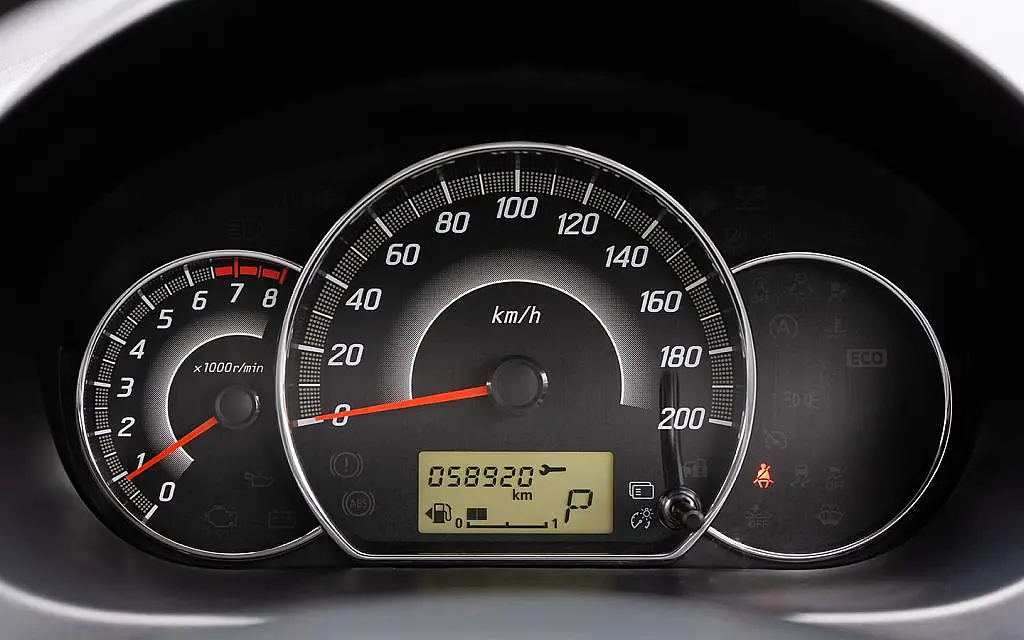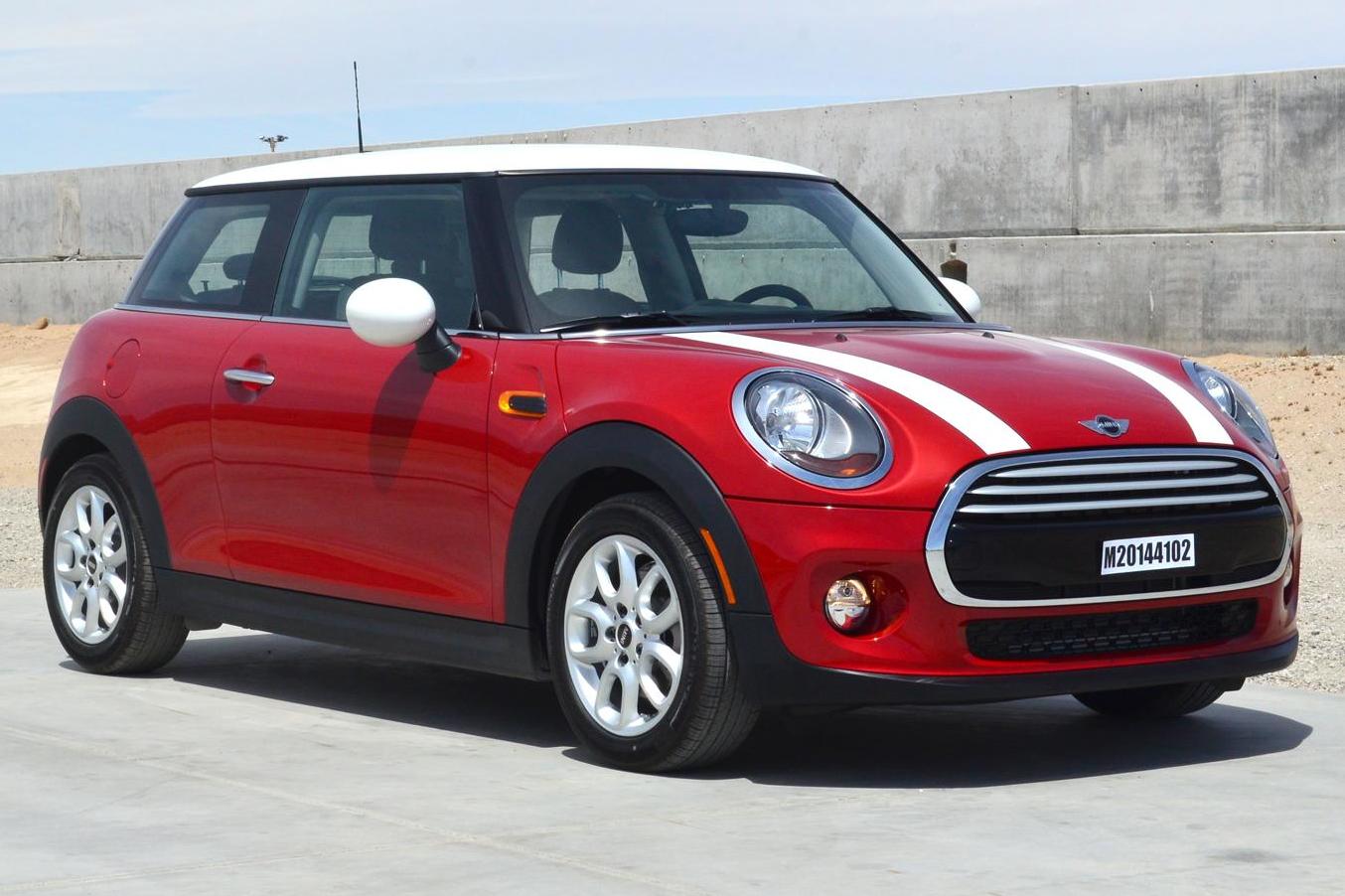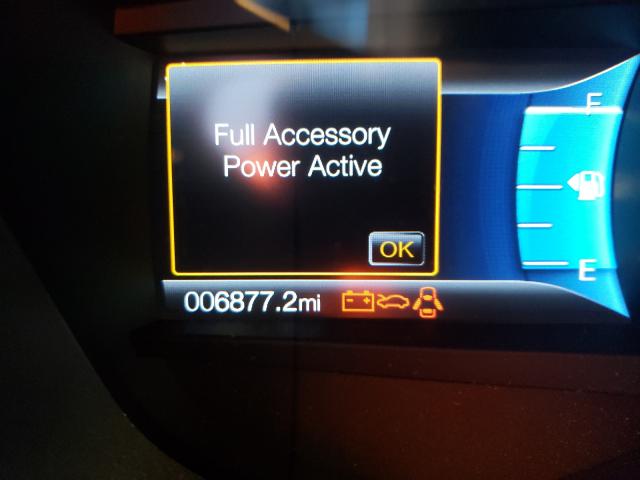Wondering why your car has low RPM at Idle?
A car having low RPM at idle is a common concern that can impact overall performance.
The RPM, or Revolutions Per Minute, at idle signifies the engine’s speed when the car is stationary.
When this number drops lower than usual, it may lead to issues like rough idling, stalling, and reduced acceleration.
In this article, we’ll delve into the straightforward reasons behind why a car has low RPM at idle.
We’ll address potential causes, shedding light on the factors contributing to this issue.
Additionally, we’ll provide practical insights to assist car owners in understanding, diagnosing, and potentially resolving this common concern.
Whether you’re a seasoned driver or just starting out, grasping the basics of low RPM at idle is key to keeping your vehicle running smoothly.
Also Read: Ensuring Safety: Check Rear Park Aid In Ford Fusion
What Is RPM?
RPM, or Revolutions Per Minute, is a measure of how many complete revolutions a rotating object makes in one minute.
In the context of a car engine, RPM refers to the number of times the engine’s crankshaft rotates within a minute.
It is a crucial metric for assessing engine performance and efficiency.
When a car is idling, the RPM is the engine speed when the vehicle is stationary and the driver’s foot is off the accelerator pedal.
The idle RPM can vary between different vehicles and is influenced by factors such as engine design, fuel delivery, and electronic controls.
Monitoring RPM is essential for drivers and mechanics to understand the engine’s behavior, diagnose potential issues, and optimize fuel efficiency.
Deviations from the normal RPM range at idle or during acceleration can indicate problems that may require attention, making RPM a key parameter in maintaining a healthy and well-functioning car engine.
What Is Car Idling?
Car idling refers to the state in which a vehicle’s engine is running while the vehicle is stationary and not in motion.
When a car is idling, the engine is operating to maintain essential functions, such as powering electrical systems, running accessories like air conditioning or heating, and keeping the engine ready for immediate acceleration.
Idling occurs when the driver has the foot off the accelerator pedal, and the engine is running at a consistent speed, measured in RPM (Revolutions Per Minute).
This idle state is common in situations where the vehicle is waiting at a traffic light, parked with the engine running, or during brief stops.
While idling is a normal part of driving, excessive and prolonged idling can have negative consequences.
It leads to unnecessary fuel consumption, increased emissions, and wear on the engine components.
Many modern vehicles are equipped with systems that automatically reduce idle speed or shut off the engine when the car is stationary for an extended period, promoting fuel efficiency and environmental sustainability.
What Is Low RPM Idling in a Car?
Low RPM idling in a car refers to a situation where the engine operates at a speed below its standard rate while the vehicle is stationary or idling.
A well-functioning engine should maintain a consistent speed when the car is not in motion.
However, when the engine runs at a lower-than-usual RPM, it can result in issues such as rough idling, engine stalling, and poor acceleration.
This problem becomes apparent when the car possesses enough power for steering but lacks the energy required to set the vehicle in motion.
If you notice instances of your car slipping or skidding, it serves as an indicator of rough idling problems that require immediate attention.
Related Post: Why Does A Car Shut Off While Driving? Causes & Solutions
What are the reasons why my Car Has Low RPM At Idle?
When your car experiences low RPM idling, it’s essential to identify the underlying causes to address the issue effectively.
Here, we delve into potential reasons for this problem, shedding light on key components that play a crucial role in a car’s idle performance.
1: Faulty Idle Control Valve
The idle control valve plays a crucial role in the smooth operation of your vehicle. Acting as a gatekeeper for the air entering the engine when the throttle valve is closed, this component holds significant responsibility.
Its primary task is to ensure that when your car is at rest, the engine maintains a steady idle speed. If this valve malfunctions, it can trigger a cascade of issues. Stalling becomes a potential problem, making it challenging to keep the engine running consistently.
The repercussions extend to rough running, creating a less-than-optimal driving experience.
Moreover, difficulties in starting the car may arise, and the malfunction can result in unpredictable surges or fluctuations in engine speed.
These erratic movements pose a tangible risk, especially during driving, underscoring the critical role the idle control valve plays in the overall performance and safety of your vehicle.
2: Vacuum Leaks
The origins of low RPM idling are often traced back to vacuum leaks, a scenario where unintended air infiltrates the engine through openings in the vacuum system.
Frequently, damaged hoses and gaskets take the blame, acting as common culprits that permit external air to interfere with the delicate balance of the air-fuel mixture, resulting in adverse effects on engine performance.
Swiftly addressing vacuum leaks is of paramount importance as it thwarts the onset of unstable and erratic idling, ensuring the engine operates smoothly and efficiently.
3: Misfiring Spark Plug
A spark plug that misfires, tasked with igniting the fuel-air mixture within the combustion chamber, can be a direct cause of low RPM idling. To uphold optimal engine performance and ensure a consistently smooth idle, it’s imperative to conduct routine checks and replace any worn-out spark plugs.
Additionally, addressing potential issues within the ignition system is equally crucial. By staying vigilant and proactively maintaining these components, you contribute to the longevity and efficiency of your engine, promoting a seamless and trouble-free driving experience.
4: Clogged Air Filter
The air filter, a fundamental component engineered to sift out dust and debris, is susceptible to clogging as time progresses. This accumulation detrimentally impacts the airflow and the delicate balance of the air-fuel ratio within the engine.
When the air filter is clogged, it prompts a shift towards a lean engine, where the incoming air surpasses the available fuel, resulting in inadequate combustion.
This imbalance manifests as low RPM idling, disrupting the engine’s smooth operation.
Recognizing the pivotal role of the air filter in maintaining optimum engine performance, it becomes imperative to institute a regular replacement routine.
Doing so ensures a continuous supply of clean air, promoting improved engine efficiency and sustained reliable performance over time.
5: Sensors Malfunctioning
This sensor measures the air entering the engine, providing data to the car’s Electronic Control Unit (ECU). A flawed mass airflow sensor can disrupt the air-fuel ratio, causing low RPM idling. Regular sensor maintenance is essential for smooth engine operation.
-
Oxygen Sensors
Responsible for estimating oxygen levels in exhaust gases, a defective oxygen sensor can result in incorrect air-fuel ratios and low RPM idle. Promptly checking and replacing a malfunctioning oxygen sensor is crucial to prevent further engine complications.
-
Coolant Temperature Sensor
Monitoring the engine’s temperature, a malfunctioning coolant temperature sensor can lead to inaccurate temperature readings and an incorrect air-fuel ratio, causing low RPM idle. Regular checks of this sensor are advisable to prevent issues during long drives.
6: Dirty Throttle Body
The throttle body serves as the gatekeeper, overseeing the airflow into the engine. However, as time elapses, it is prone to accumulating dirt and debris, leading to potential obstruction and hindering the seamless opening and closing of the throttle plate.
This accumulation, if left unaddressed, can impede the overall efficiency of the engine. To preemptively counteract this, experts recommend a routine cleaning of the throttle body, a process deemed vital in averting the onset of low RPM idling issues.
Specifically, it is advisable to undertake this maintenance task every 30,000 miles, with increased frequency in dusty conditions.
Regular cleaning not only ensures the unhindered operation of the throttle body but also contributes significantly to maintaining optimal engine performance and preventing disruptions in the smooth functioning of your vehicle.
Why is my car RPM not stable at idle?

Factors contributing to an unstable RPM at idle(just like the above factors):
- Faulty idle control valve
- Vacuum leaks
- Misfiring spark plugs
- Clogged air filter
- Malfunctioning sensors (Mass Airflow Sensor, Oxygen Sensors, Coolant Temperature Sensor)
- Dirty throttle body
- Fuel delivery issues
- Exhaust system problems
- Potential internal engine issues (vacuum imbalances, piston ring problems)
To address this issue, a thorough inspection by a qualified mechanic is recommended to diagnose the specific cause and implement necessary repairs or maintenance for restoring a stable RPM at idle.
FAQs – Car Has Low RPM At Idle
Why are my RPMs so high at idle?
High RPM at idle can result from issues such as a malfunctioning idle control valve, vacuum leaks, or a faulty throttle position sensor, causing the engine to receive an excess of air or fuel.
What is the normal RPM when idling?
The normal RPM when idling varies between 600 and 1000 RPM for most cars. However, the specific value can depend on the make and model of your vehicle.
Why does my car have low RPM when idle?
Low RPM at idle may be caused by factors like a faulty idle control valve, vacuum leaks, misfiring spark plugs, or issues with sensors like the Mass Airflow Sensor or Oxygen Sensors.
What are the benefits of low idle RPM?
Low idle RPM can contribute to fuel efficiency and reduced engine wear. It also helps in minimizing emissions and environmental impact during stationary periods.
Is low RPM idle bad?
While low RPM at idle can be normal, excessively low levels may indicate underlying issues. Persistent low RPM can lead to engine stalling, rough idling, and poor acceleration, necessitating attention.
What are signs of rough idle?
Signs of rough idle include engine vibrations, uneven RPM fluctuations, stalling, or a noticeable lack of smoothness when the vehicle is stationary.
How do I change my idle speed?
Adjusting the idle speed often involves modifying settings in the engine control unit. It’s recommended to consult your vehicle’s manual or seek professional assistance to ensure proper adjustments.
What causes low idle?
Low idle can be caused by a variety of factors, including a faulty idle control valve, vacuum leaks, misfiring spark plugs, or sensor malfunctions affecting the air-fuel mixture.
How do I fix high idle RPM?
Fixing high idle RPM may involve addressing issues such as a malfunctioning idle control valve, vacuum leaks, or problems with the throttle position sensor. Professional diagnosis and repair are recommended.
What sensor can cause high idle?
Sensors like the idle air control valve, throttle position sensor, or mass airflow sensor can contribute to high idle RPM if they malfunction or provide incorrect data to the engine control unit.
Does high idling consume more fuel?
Yes, high idling generally consumes more fuel as the engine is running at an increased RPM, leading to higher fuel consumption. Minimizing unnecessary idling can contribute to fuel efficiency.
Conclusion – Car Has Low RPM At Idle
To sum it up, keeping an eye on your car’s RPM at idle is key to a smooth ride.
Whether it’s too high or too low, knowing the issues – like worn-out parts or sensor glitches – is the first step to a hassle-free drive.
Simple fixes, like changing spark plugs and air filters, can work wonders.
Remember, a steady RPM means better fuel efficiency and overall performance. If things still seem off, let a trusted mechanic take a look.
Stay in the driver’s seat of your car’s health – it’s the road to a trouble-free journey.
Drive safe and stay road-ready!




